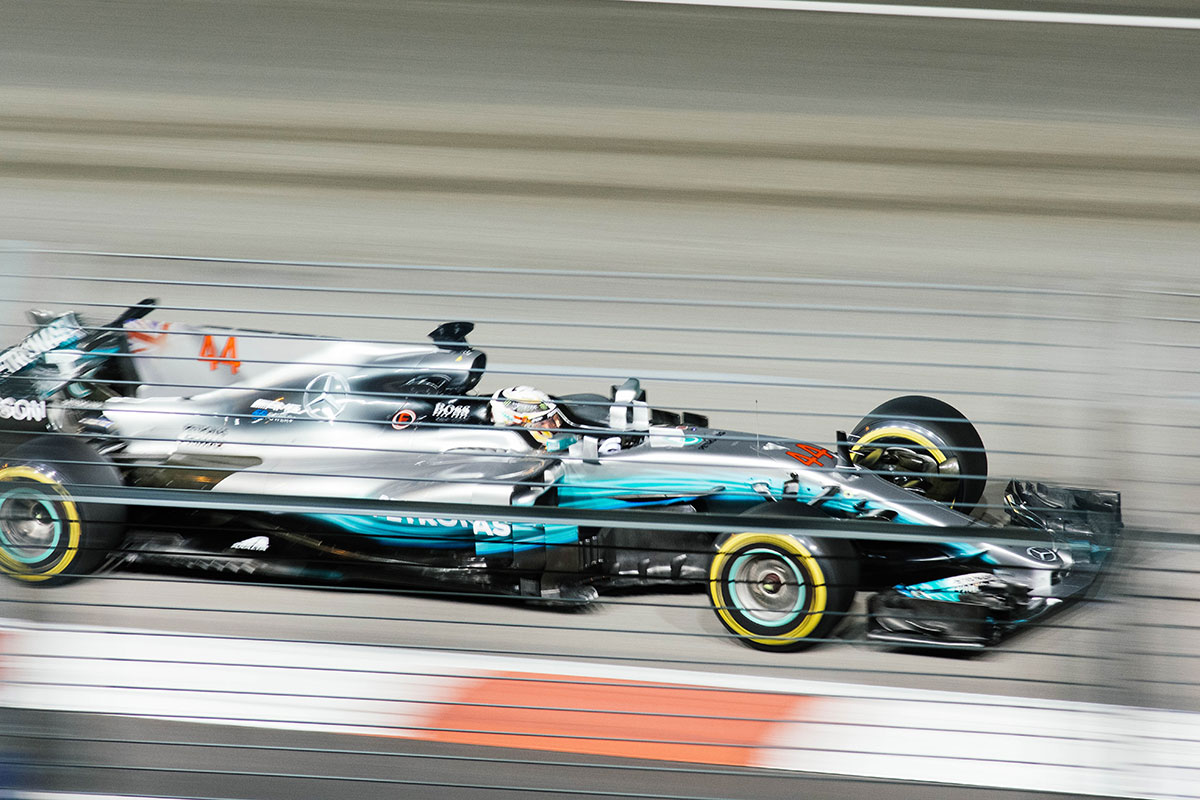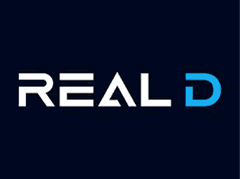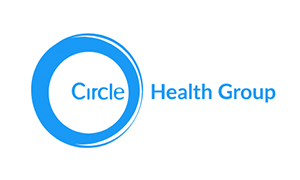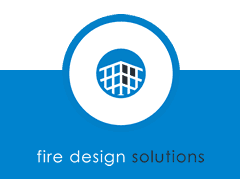Audience targeting used to be manual.
Advertisers defined personas, picked interest categories, and layered in behaviours. Now, platforms like Google Ads and Microsoft Advertising increasingly automate who sees your ads. That shift has changed the tasks required for effective PPC. Marketers now influence audience strategy through data structure, not segmentation.
How AI Defines Audiences Today
Modern PPC platforms no longer rely solely on the targeting you choose. Instead, machine learning expands or modifies the reach of your campaign using behavioural predictions and historical performance patterns.
- Optimised targeting (Google) expands beyond selected audiences
- Audience network automation (Microsoft) mixes in AI-driven reach
- Lookalike modelling happens behind the scenes, based on account data
These systems use factors like browsing behaviour, search history, purchase intent, and inferred interests. You still pick starting points, but AI decides who is likely to convert.
The Role of First-Party Data
With third-party cookies being phased out, platforms now lean heavily on first-party signals. AI models are trained on data you provide through:
- Website analytics and conversion tags
- Customer match lists and CRM uploads
- Offline conversion imports
When fed consistently, this data improves AI predictions. Without it, targeting becomes broader and less relevant. Google notes: “Advertisers who upload first-party data into Google Ads see conversion rate improvements of 25% or more in similar audience campaigns.” (Think with Google, 2024)
Risks of Over-Automation
Letting AI decide your targeting has advantages—but it also introduces opacity and potential waste.
- You may reach users outside your ideal customer profile
- Platforms often don’t explain why certain users are included
- Smart campaigns can ignore key exclusions unless configured carefully
Microsoft cautions: “Advertisers should review targeting overlap and exclusion settings regularly to avoid audience drift.” (Microsoft Advertising blog, April 2024)
AI expands reach, but doesn’t guarantee relevance. Close monitoring is still essential.
What Smart Targeting Still Needs from Humans
AI may handle the mechanics of reach, but strategy still matters. Human input is critical in these areas:
- Setting clear campaign goals (acquisition vs remarketing)
- Supplying clean data and meaningful conversions
- Regularly auditing campaign-level audience performance
- Excluding irrelevant segments that automation might include
You are no longer selecting audiences directly—you are designing the system that chooses them.

Final Thought: Train the System, Don’t Chase It
The best-performing PPC accounts treat AI as a partner in scaling the campaigns, and not as a replacement for audience strategy. Success comes from training the system with better inputs, monitoring results, and adjusting based on real-world signals.
ExtraDigital has been using AI to help grow some of our global, multilingual accounts, gaining over 200% improvements in qualified leads.
We maintain a strong strategic oversight and closely monitor the performance of all PPC campaigns, intervening as needed to ensure the best results for our clients. Contact us for a review of how effectively your PPC campaigns are making use of Google Ads AI features











